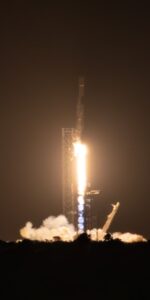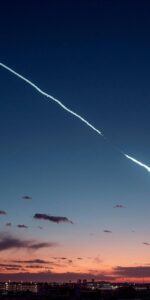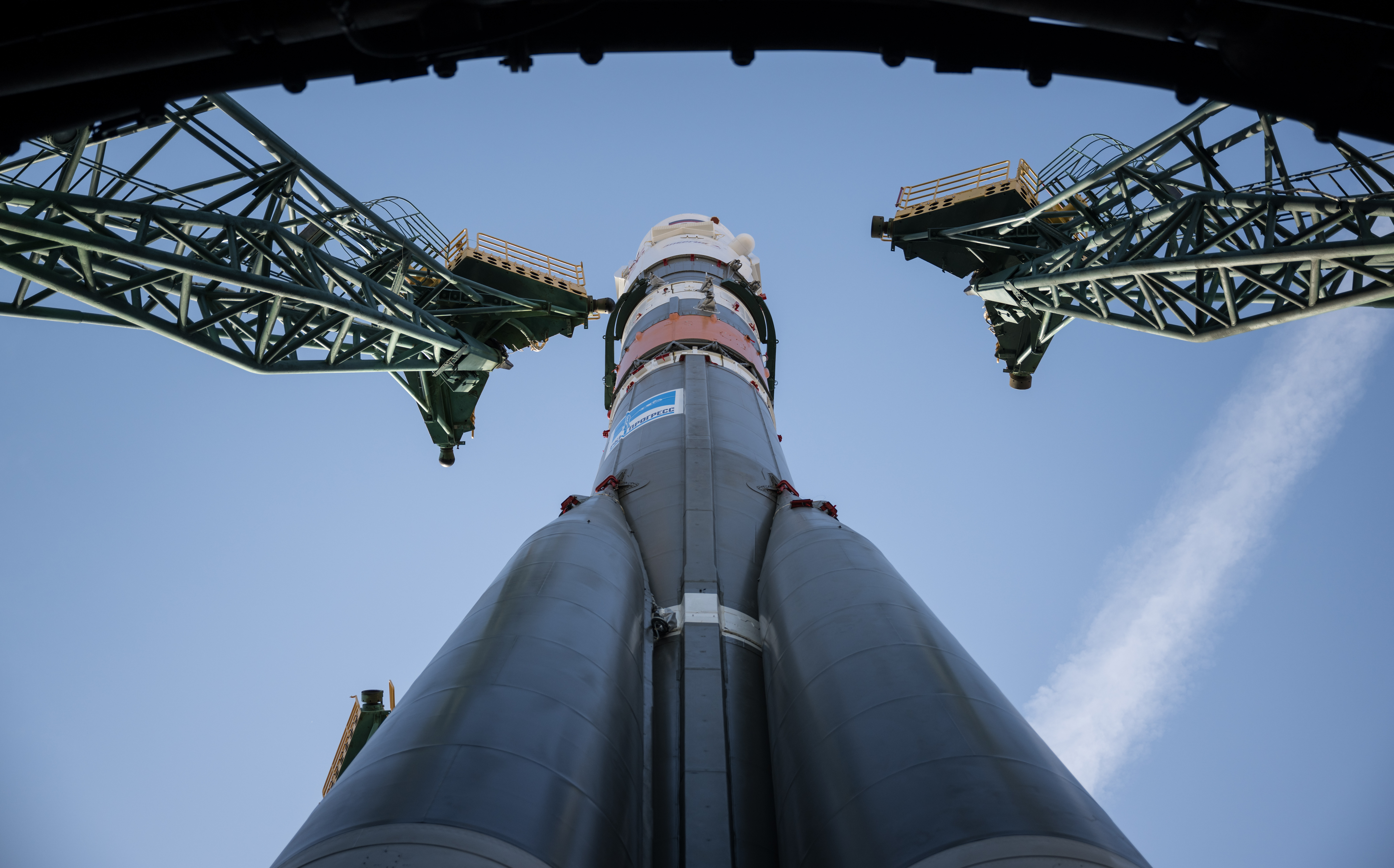
Crew and cargo will head to the International Space Station (ISS) later this week from Baikonur in Kazakhstan and Cape Canaveral Space Force Station, Fla., as the sprawling orbital outpost readies for new arrivals and new research. Veteran NASA astronaut Tracy Dyson, seasoned Russian cosmonaut Oleg Novitsky and the first national spacefarer from Belarus, Marina Vasilevskaya, will launch aboard Soyuz MS-25 from Baikonur’s Site 31/6 at 6:21 p.m. local time (9:21 a.m. EDT) Thursday, after which SpaceX’s CRS-30 Cargo Dragon will rise from storied Space Launch Complex (SLC)-40 at Cape Canaveral Space Force Station, Fla., about 7.5 hours later at 4:55 p.m. EDT.
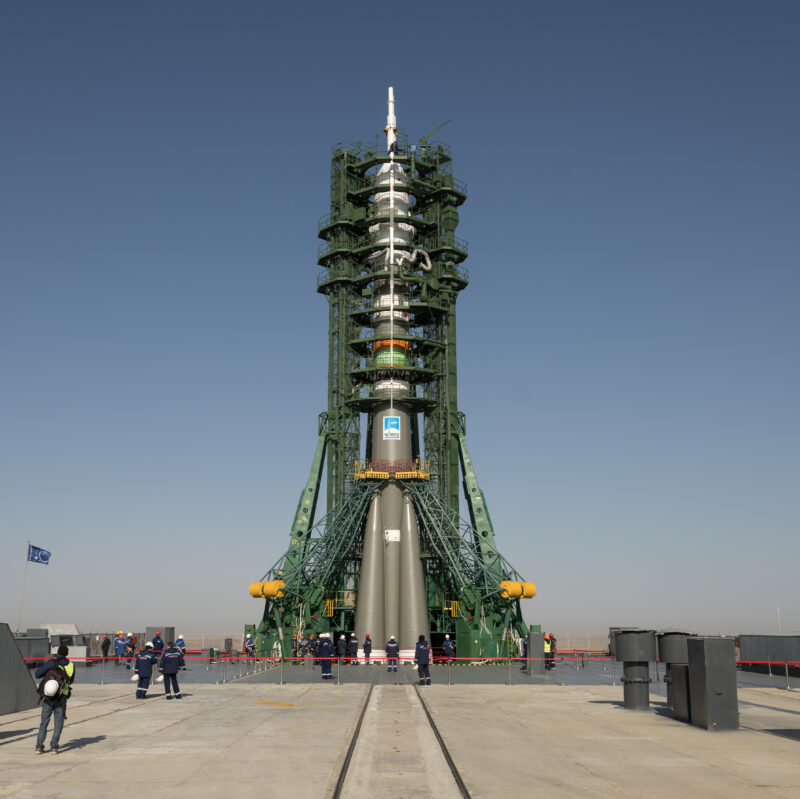
The Soyuz MS-25 spacecraft, which comprises a cylindrical instrument module, spherical orbital module and a bell-shaped descent module for the crew, was put through leak checks at Baikonur last month, ahead of integration with its Soyuz-2.1 booster. The prime crew of Novitsky, Dyson and Vasilevskaya and their backups—Russia’s Ivan Vagner, NASA astronaut Don Pettit and Anastasia Lenkova of Belarus—completed their final certification exams late in February and flew from the Star City cosmonauts’ training center, on the forested outskirts of Moscow, to Baikonur, earlier in March.
At the launch site, the crews participated in fully suited “fit-checks” aboard Soyuz MS-25 and ceremonially raised the Russia tricolor, the Stars and Stripes, Belarus’ red-green bicolor and the national flag of Baikonur’s homeland, Kazakhstan. Meanwhile, fueling of the spacecraft got underway last week and over the weekend Soyuz MS-25 was integrated atop the booster, topping out the stack at more than 150 feet (45 meters) tall.
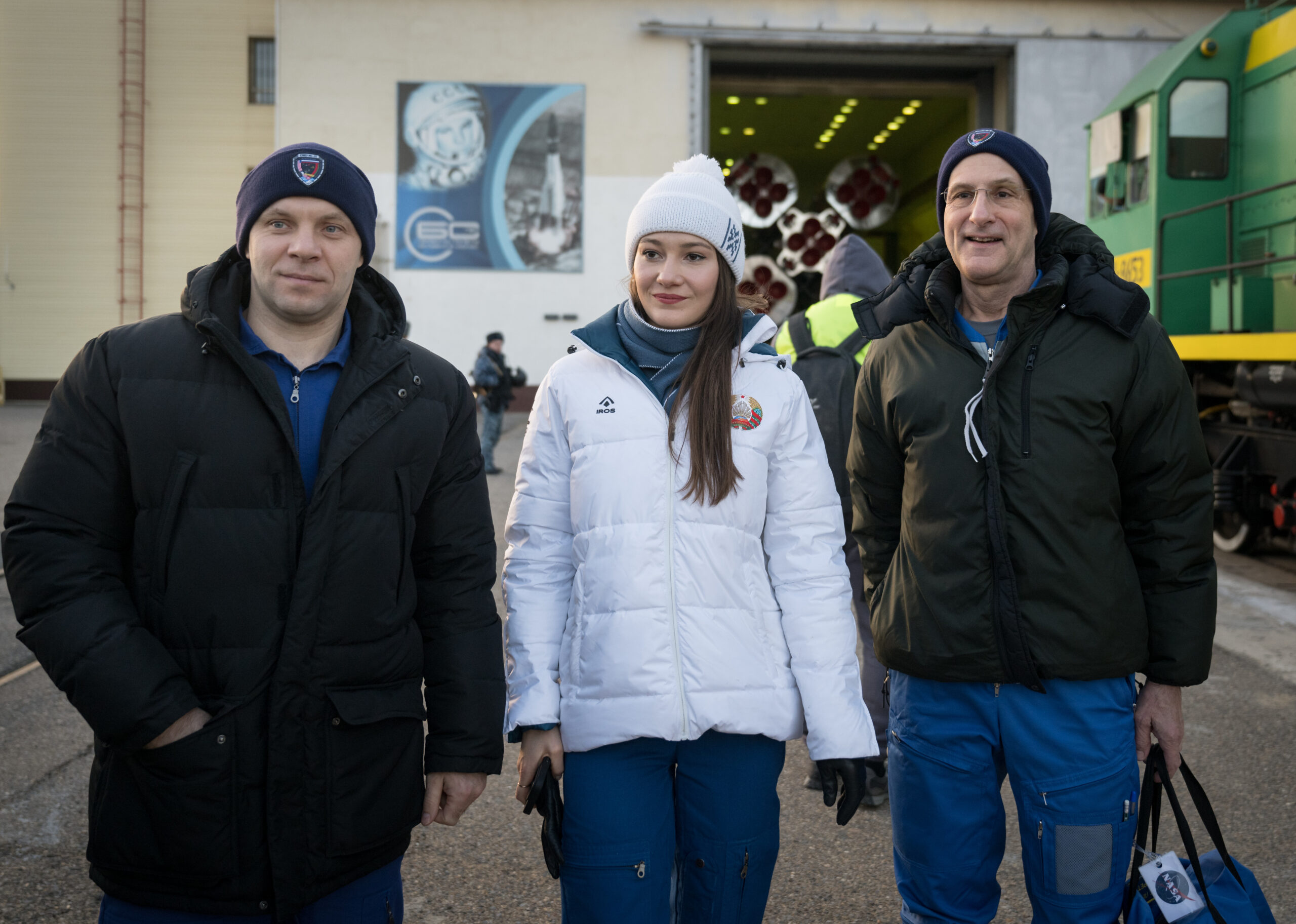
Mounted atop its Soyuz-2.1 booster, Soyuz MS-25 rolled out of its assembly building at Baikonur on Monday and was elevated vertical at Site 31/6. Traditionally deemed ill-fortune for the prime crew to witness the rollout, it was left to the backup crew of Vagner, Pettit and Lenkova to observe its slow railroad trek out to the pad.
Current expectations are for Novitsky, Dyson and Vasilevskaya to spend about three hours and two orbits of the Home Planet in independent flight, before docking Soyuz MS-25 at the Earth-facing (or “nadir”) Prichal node at about 12:39 p.m. EDT Thursday. Following customary pressurization and leak checks, hatches into the station will be opened at some time around 2:50 p.m. EDT and the new crewmembers will be welcomed aboard by Expedition 70 Commander Oleg Kononenko—currently the world’s most flight-experienced space traveler, with 922 days spanning a five-mission career to date—and his NASA crewmates Loral O’Hara, Mike Barratt, Matt Dominick and Jeanette Epps and Russia’s Nikolai Chub and Aleksandr Grebenkin.
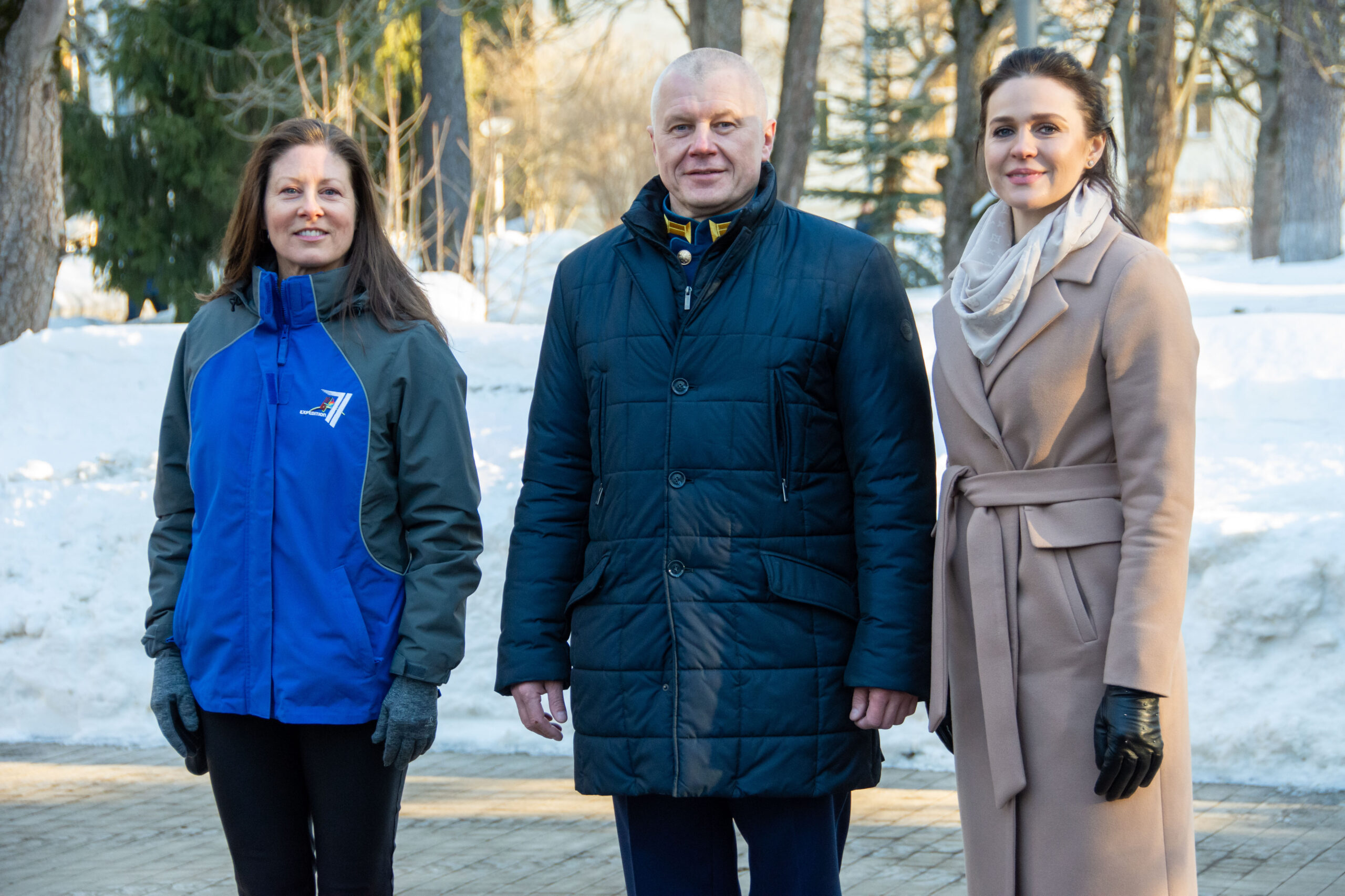
For Dyson, a 54-year-old chemist born Tracy Caldwell, it will be her third spaceflight, marking her return to the ISS more than a decade after more than a decade. Born in Arcadia, Calif., she attended California State University at Fullerton where she competed on the track and field team as a sprinter and long jumper alongside her undergraduate studies in chemistry
She earned a bachelor’s degree in chemistry in 1993, also working as a laboratory assistant and as an electrician for her father’s electrical contracting firm where she performed commercial and light industrial construction. Dyson later taught general laboratory chemistry at the University of California at Davis, from where she earned her PhD in physical chemistry in 1997 and subsequently undertook post-doctoral research in atmospheric chemistry at the University of California at Irvine.
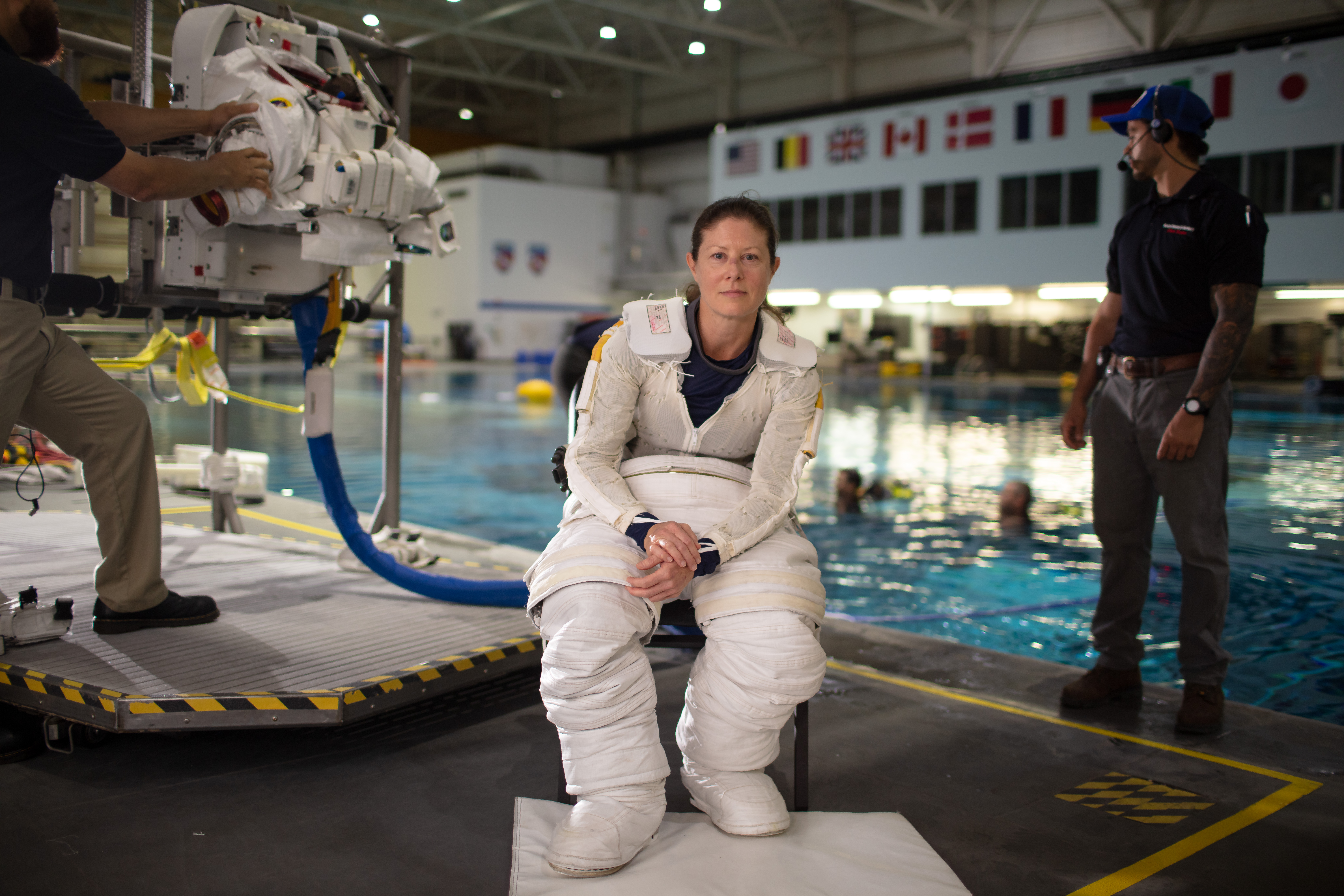
Selected into NASA’s Astronaut Corps in June 1998, she first flew as a Mission Specialist on STS-118 in August 2007—incidentally celebrating her 38th birthday on-orbit—on the first voyage of shuttle Endeavour since the Columbia disaster. Together with her six STS-118 comrades and the three-member Expedition 15 crew, she supported the robotic installation of the S-5 truss segment onto the ISS and the transfer of more than 5,000 pounds (2,200 kilograms) of equipment, payloads and supplies to the station.
Upon her return from this 13-day mission, she was assigned as a long-duration ISS crewmember, launching in April 2010 aboard Soyuz TMA-18 alongside Russian cosmonauts Aleksandr Skvortsov and Mikhail Kornienko. During their six months aboard the station, they folded into the second half of Expedition 23 and the core of Expedition 24 and notably saw the arrival of shuttle Discovery on STS-131 which marked the first occasion that as many as four women—Dyson, Stephanie Wilson, Dottie Metcalf-Lindenburger and Japan’s Naoko Yamazaki—had been in space together.
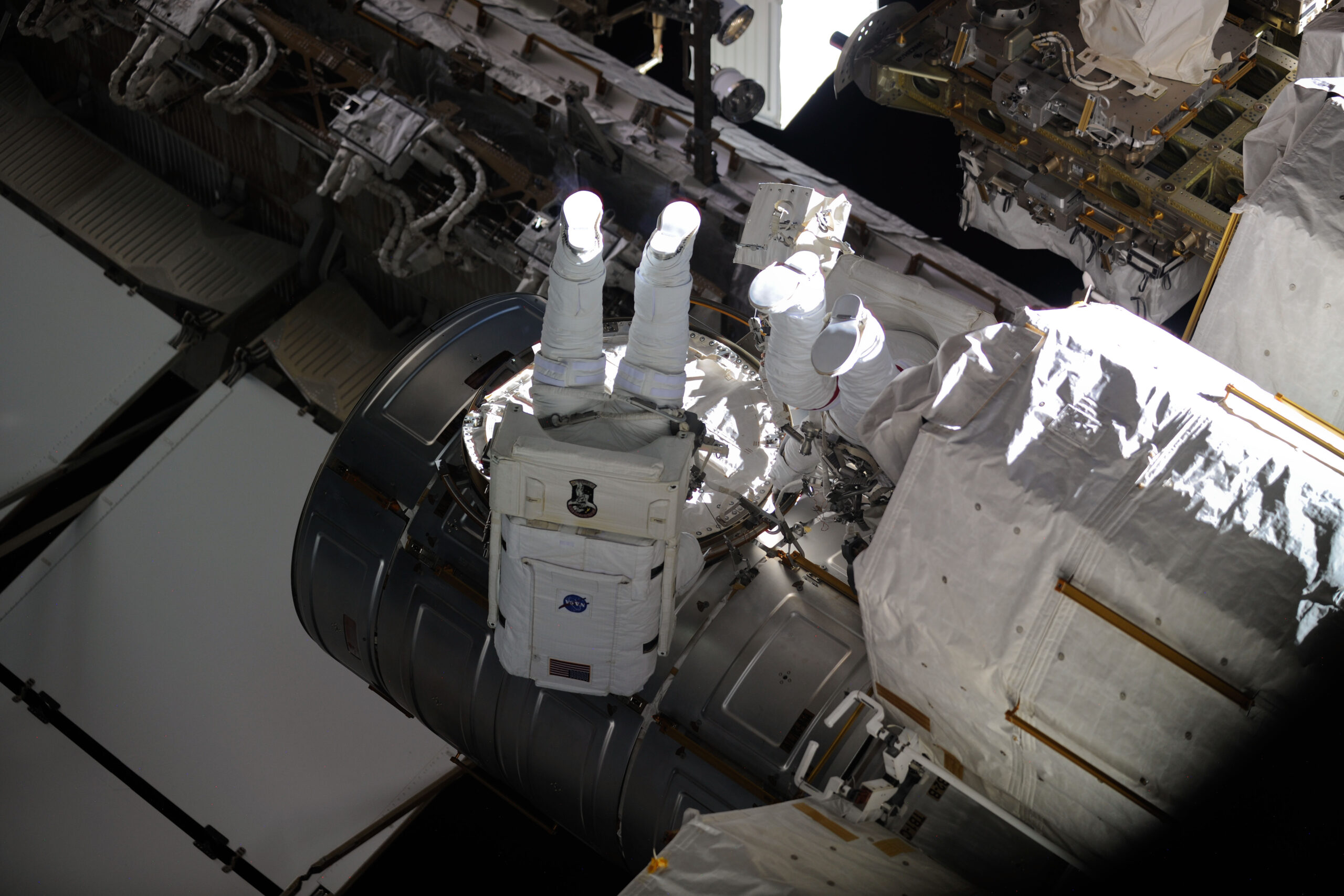
She also supported three sessions of Extravehicular Activity (EVA) totaling 22 hours and 49 minutes with Expedition 24 crewmate Doug Wheelock to tend to a malfunctioning coolant pump. Returning to Earth in September 2010 after 176 days with Skvortsov and Kornienko, she wrapped up the second mission of her spaceflying career with a cumulative total of 188 days, 19 hours and 13 minutes.
Named as backup for Loral O’Hara’s current Expedition 69/70 increment, she finally gained a formal assignment in September of last year to her second long-duration ISS stay, spanning Expeditions 70/71. She is expected to remain in space for about 187 days, through late September, which should position Dyson as only the second woman after Peggy Whitson to log more than a cumulative year in space across her career.
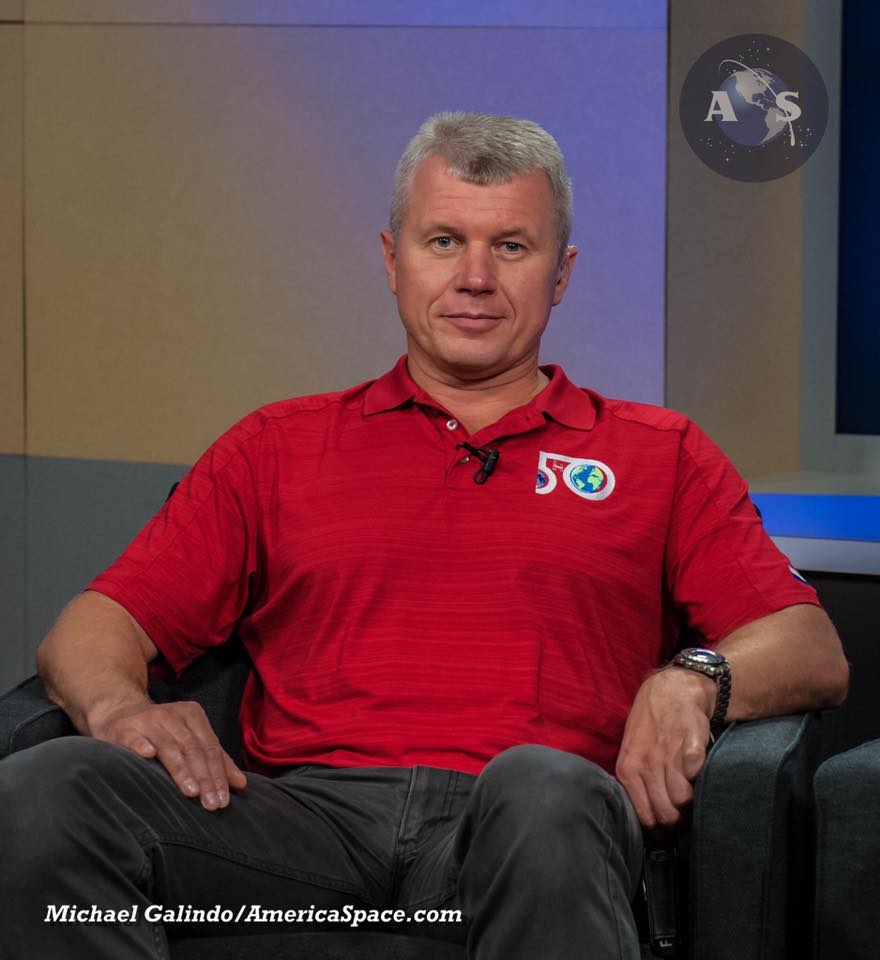
But interestingly, neither Novitsky nor Vasilevskaya will join Dyson for most of her increment. Vasilevskaya, a 33-year-old Belarusian flight instructor and flight attendant for Belavia Airlines, will become the first citizen of Belarus to enter space. She was selected for training for the mission in July of last year.
Fifty-two-year-old Novitsky, a retired Russian Air Force colonel with over 531 days in space across three previous ISS increments in October 2012 through March 2013, then November 2016 through June 2017 and most recently from April until October 2021, will be making his fourth space mission. Born near Minsk, in today’s Belarus, Novitsky completed military pilot training and served as a pilot-instructor and squadron deputy commander until his selection into Russia’s Cosmonaut Corps in the fall of 2006.
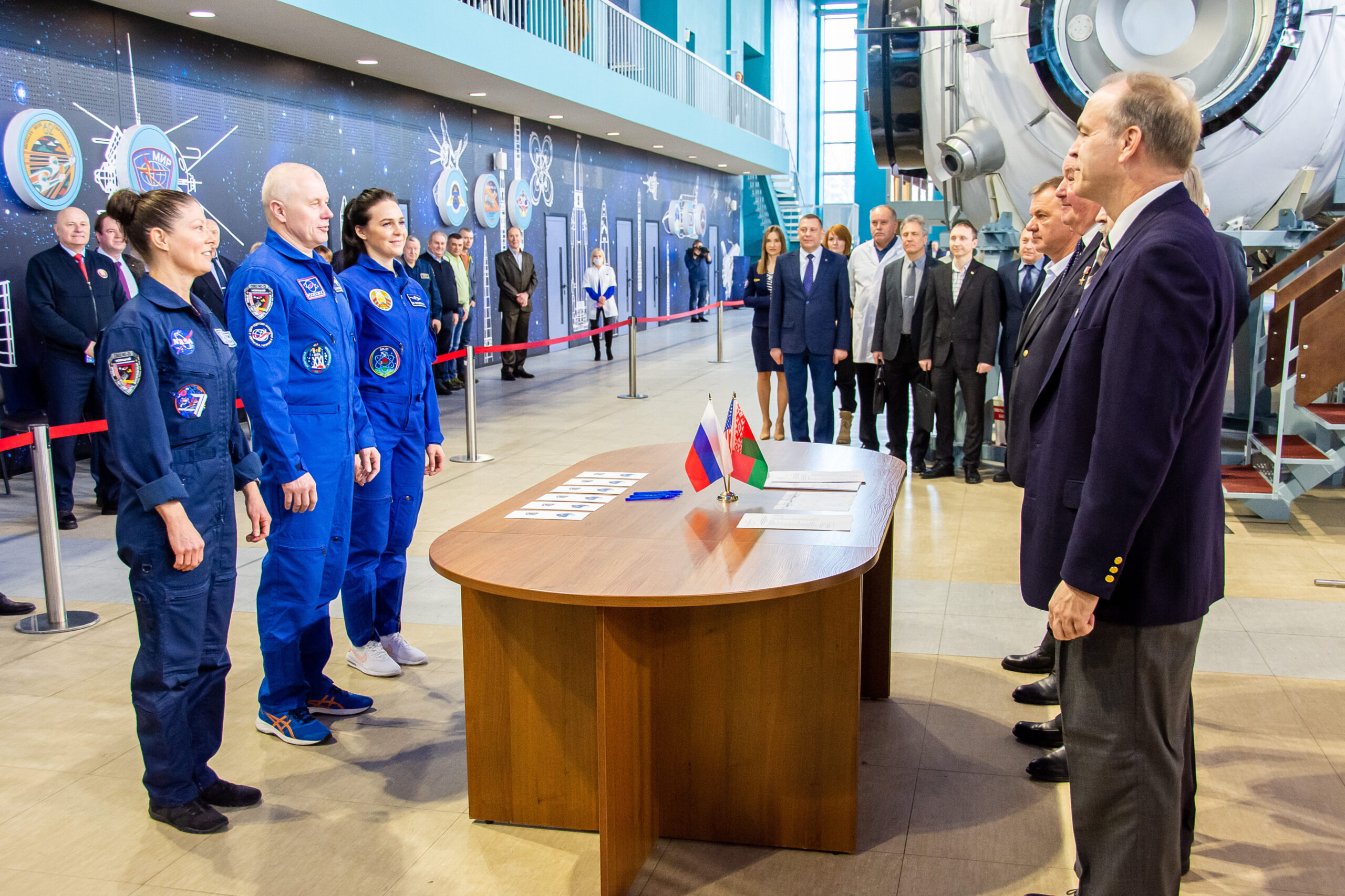
His flight experience currently positions him inside the Top 25 most experienced spacefarers in the world and Novitsky has also performed three spacewalks totaling 22 hours and 38 minutes. After spending almost 12 days in space, Novitsky and Vasilevskaya will return to Earth aboard Soyuz MS-24 on 2 April, shoulder-to-shoulder with Loral O’Hara who will conclude her six-and-a-half-month stay on the ISS.
Only hours after Soyuz MS-25 launches and docks to the space station, SpaceX’s CRS-30 Cargo Dragon will head uphill with a suite of new research for the Expedition 70/71 crews. The cargo ship will dock autonomously at the space-facing (or “zenith”) port of the Harmony node about 7:30 a.m. EDT on 23 March for a month-long stay.

Last week, Expedition 70 crewmembers Loral O’Hara and Mike Barratt participated in training for the monitoring of the Cargo Dragon during its approach and docking profile. Among CRS-30’s haul of payloads is an experiment to explore the carbon dioxide capture mechanisms of two types of grasses to better understand changes in photosynthesis and plant metabolism in space, a multi-resolution scanner for the Astrobee robotic “helper” to support automated three-dimensional sensing, mapping and situational awareness functions and a deployable CubeSat to measure oceanic ice thickness and levels.




